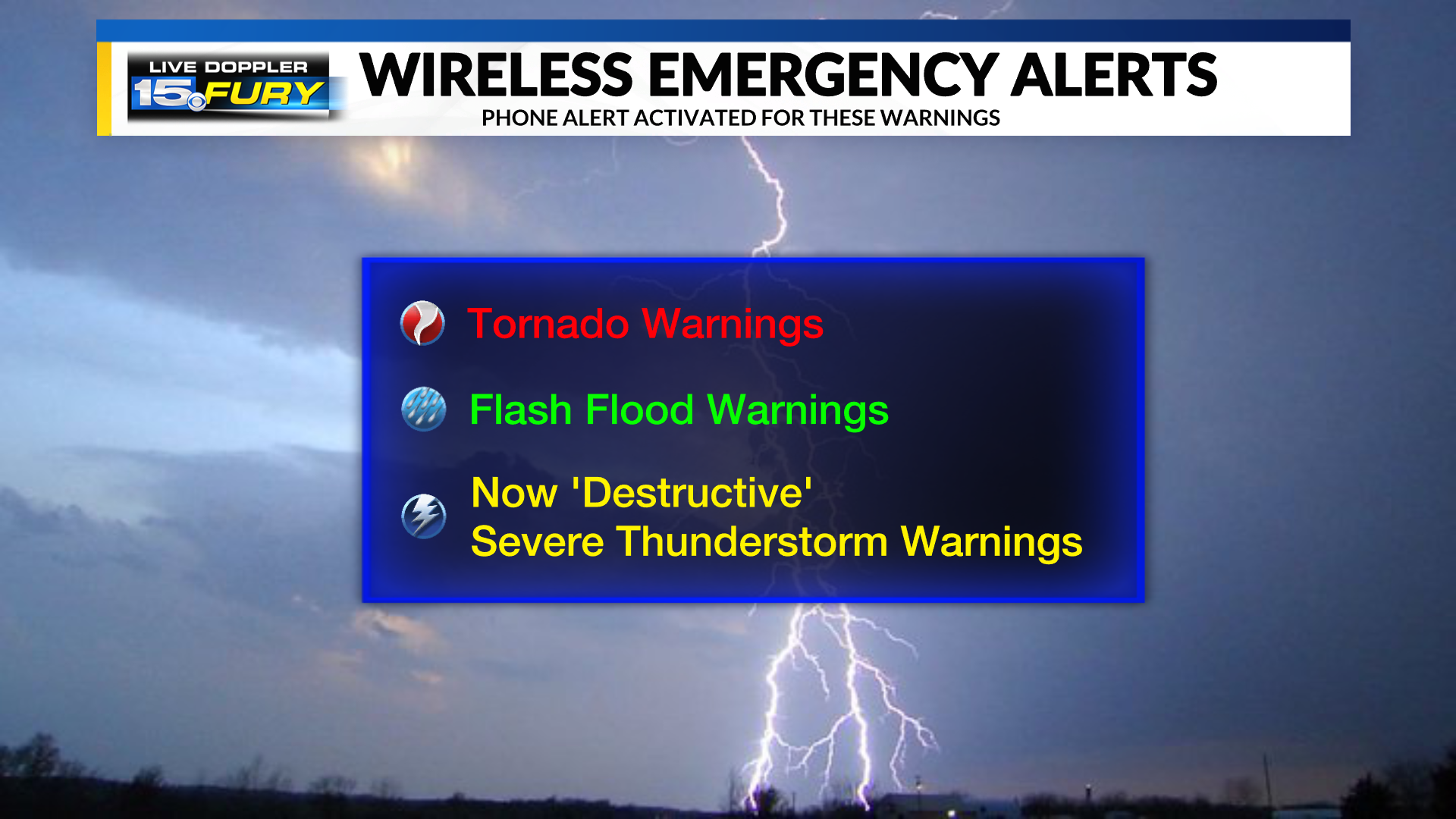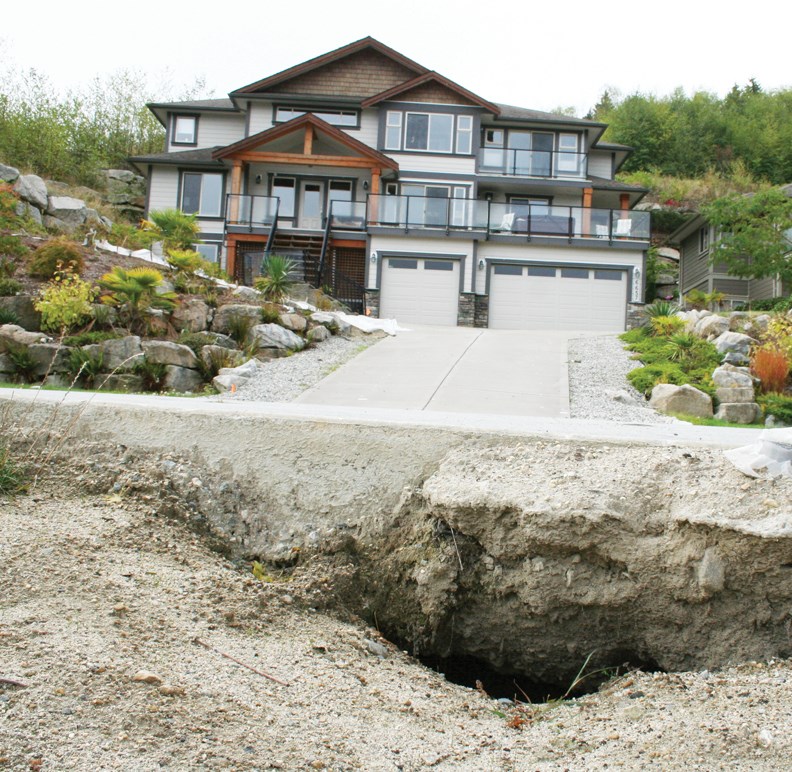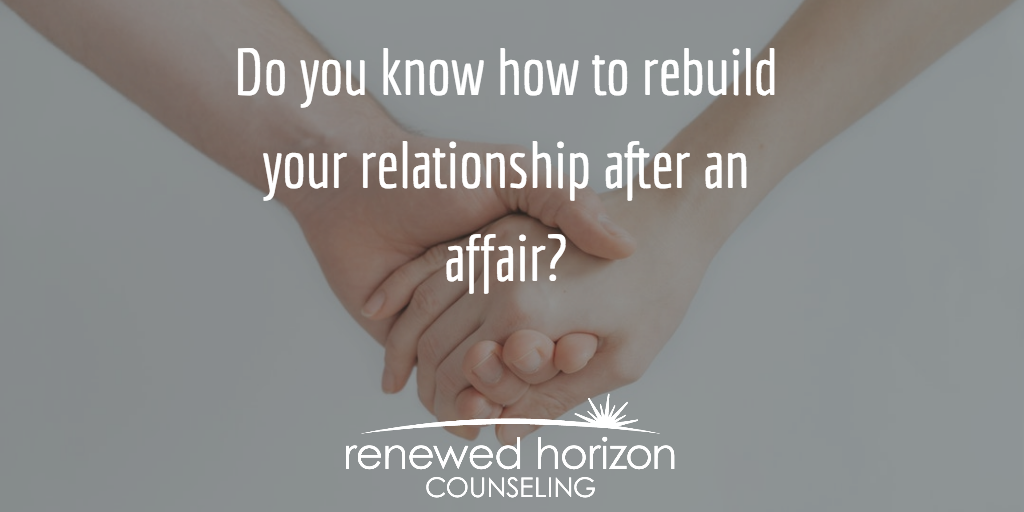Flood Safety: Protecting Yourself And Your Family During Severe Weather

Table of Contents
Developing a Flood Preparedness Plan
Proactive planning is the cornerstone of effective flood safety. A well-defined plan ensures you're ready to respond swiftly and efficiently when floodwaters threaten. This involves assessing your risk, creating a family communication strategy, and building an emergency kit.
Assess Your Risk
Determining your home's vulnerability to flooding is the first step. Consider several factors:
- Proximity to water: Are you near rivers, streams, or other bodies of water that are prone to overflowing?
- Low-lying areas: Do you live in a floodplain or a low-lying area susceptible to water accumulation?
- Historical flood patterns: Research your area's history of flooding. Online resources and local authorities can provide valuable data.
- Use online flood risk maps: Websites like FEMA's Flood Map Service Center provide detailed information on flood risk zones. Check your property's location to determine its vulnerability.
- Identify potential escape routes: Plan multiple escape routes from your home, considering various flood scenarios.
- Know the elevation of your property: Understanding your property's elevation relative to surrounding areas helps in assessing your flood risk.
Create a Family Communication Plan
Effective communication is critical during a flood emergency. Family members might be separated during an evacuation, so a clear plan is essential:
- Designate an out-of-area contact person: Choose someone outside the affected area as a central point of contact for family members to check in.
- Develop a meeting point outside the flood zone: Select a safe meeting location outside the flood-prone area.
- Ensure everyone knows how to use emergency alert systems: Familiarize your family with local emergency alert systems (e.g., NOAA Weather Radio, emergency apps) and how to receive warnings.
- Practice your plan: Regularly review and practice your family communication plan to ensure everyone is prepared.
Build an Emergency Kit
A well-stocked emergency kit is indispensable during a flood. Your kit should include:
- Water: Store at least one gallon of water per person per day for several days.
- Non-perishable food: Include easy-to-prepare, non-perishable food items.
- First-aid supplies: A comprehensive first-aid kit is crucial for treating minor injuries.
- Medications: Pack essential medications for all family members.
- Flashlights and batteries: Provide reliable lighting during power outages.
- Radio: A battery-powered radio is essential for receiving emergency broadcasts.
- Blankets: Keep warm blankets for protection against cold temperatures.
- Important documents: Store essential documents (insurance policies, identification) in a waterproof container.
- Pet supplies: If you have pets, include food, water, and necessary supplies for their care.
Understanding Flood Warnings and Taking Action
Understanding and responding to flood warnings is vital for your safety. Knowing what to do before, during, and after a flood can save lives.
Recognize Warning Signs
Learn to recognize the early warning signs of flooding:
- Pay close attention to weather forecasts and alerts: Monitor weather reports regularly, especially during periods of heavy rainfall.
- Understand the different levels of flood warnings (watch, warning, emergency): Familiarize yourself with the meanings of different warning levels issued by authorities.
- Be aware of the sounds and sights of approaching floodwaters: Listen for unusual sounds and look for rising water levels.
Evacuation Procedures
If authorities issue an evacuation order, act promptly:
- Locate nearby evacuation centers: Know the locations of designated evacuation centers in your area.
- Understand the process for evacuating your home quickly and safely: Practice your evacuation plan to ensure a smooth and efficient process.
- Move valuables to upper floors or secure locations before evacuation: Protect important items from flood damage.
Safe Practices During a Flood
If you're caught in a flood:
- Never drive or walk through floodwaters—turn around, don't drown!: Floodwaters can be deceptively powerful and dangerous.
- Seek higher ground if possible: Move to higher ground to avoid being swept away by floodwaters.
- If trapped in a building, move to the highest level: Find the safest and highest point within the building.
- Avoid downed power lines: Downed power lines pose a significant electrical hazard.
Post-Flood Safety and Recovery
Returning to your home after a flood requires caution and a systematic approach.
Returning Home Safely
Do not return until authorities declare it safe:
- Check for structural damage and potential hazards (gas leaks, downed power lines): Assess the damage before entering your home.
- Wear protective gear when entering your home after a flood: Protect yourself from potential hazards like contaminated water.
- Be aware of the potential for waterborne diseases: Take precautions to avoid exposure to contaminated water.
Cleaning and Repair
Proper cleaning and disinfection are crucial:
- Discard any items that have come into contact with floodwater: Floodwater can be contaminated and pose health risks.
- Use appropriate cleaning solutions and protective equipment: Protect yourself while cleaning and disinfecting your home.
- Contact professionals for major repairs and restoration: Seek professional help for extensive repairs.
Insurance and Financial Assistance
Document damage and file claims promptly:
- Take photos and videos of the damage: This will aid your insurance claim process.
- Contact your insurance company to begin the claims process: Report the damage to your insurance company immediately.
- Explore available government assistance programs: Look for government support programs to help with flood recovery.
Conclusion
Protecting yourself and your family from the dangers of flooding requires proactive planning and preparedness. By developing a comprehensive flood safety plan, understanding flood warnings, and taking appropriate actions, you can significantly reduce your risk and ensure the safety of your loved ones. Remember, proactive flood safety is crucial for protecting your family and property. Don't wait for a flood to strike – take action today to enhance your flood safety preparedness. Learn more about improving your flood safety measures and securing your future.

Featured Posts
-
 Tik Tok Influx Causes Legal Trouble For Amsterdam Residents Sue Over Snack Bar Crowds
May 25, 2025
Tik Tok Influx Causes Legal Trouble For Amsterdam Residents Sue Over Snack Bar Crowds
May 25, 2025 -
 Pochti 40 Par Pozhenilis Na Kharkovschine Udachnaya Data Dlya Svadeb Foto
May 25, 2025
Pochti 40 Par Pozhenilis Na Kharkovschine Udachnaya Data Dlya Svadeb Foto
May 25, 2025 -
 Media Company Sues Cohere For Copyright Infringement Legal Battle Begins
May 25, 2025
Media Company Sues Cohere For Copyright Infringement Legal Battle Begins
May 25, 2025 -
 The Impact Of Wildfires On Record Breaking Global Forest Loss
May 25, 2025
The Impact Of Wildfires On Record Breaking Global Forest Loss
May 25, 2025 -
 130 Years After The Dreyfus Affair Renewed Push For Military Honor
May 25, 2025
130 Years After The Dreyfus Affair Renewed Push For Military Honor
May 25, 2025
Latest Posts
-
 Alex Ealas French Open A Look At Her Chances
May 25, 2025
Alex Ealas French Open A Look At Her Chances
May 25, 2025 -
 Alex Eala Targets Strong French Open Debut
May 25, 2025
Alex Eala Targets Strong French Open Debut
May 25, 2025 -
 Swiatek Defeats Keys In Madrid De Minaur Exits Tournament
May 25, 2025
Swiatek Defeats Keys In Madrid De Minaur Exits Tournament
May 25, 2025 -
 De Minaurs Madrid Open Campaign Ends In Straight Sets Loss
May 25, 2025
De Minaurs Madrid Open Campaign Ends In Straight Sets Loss
May 25, 2025 -
 Madrid Open Update Swiatek Wins De Minaur Loses
May 25, 2025
Madrid Open Update Swiatek Wins De Minaur Loses
May 25, 2025
